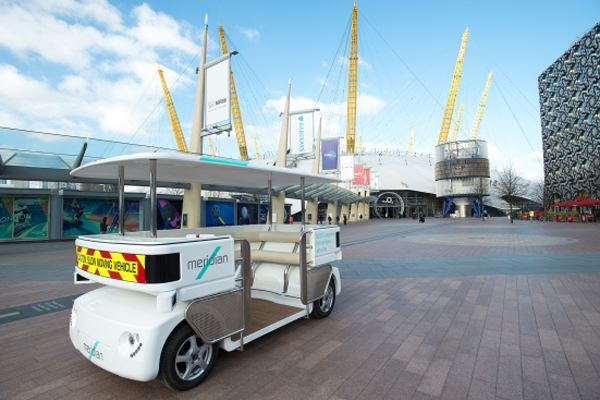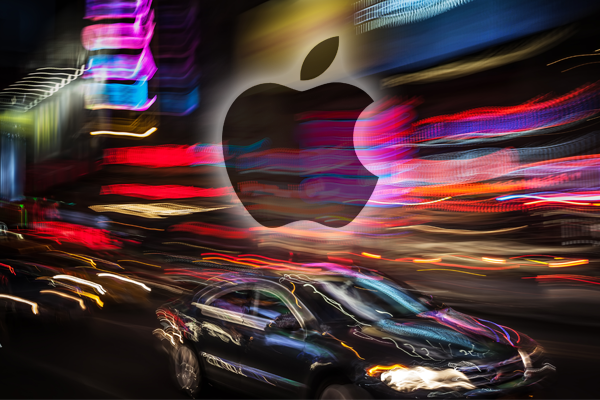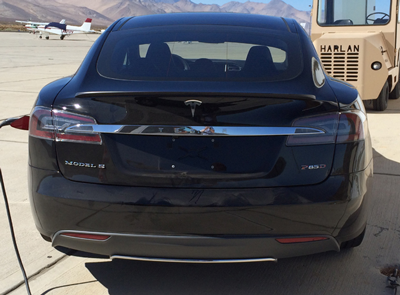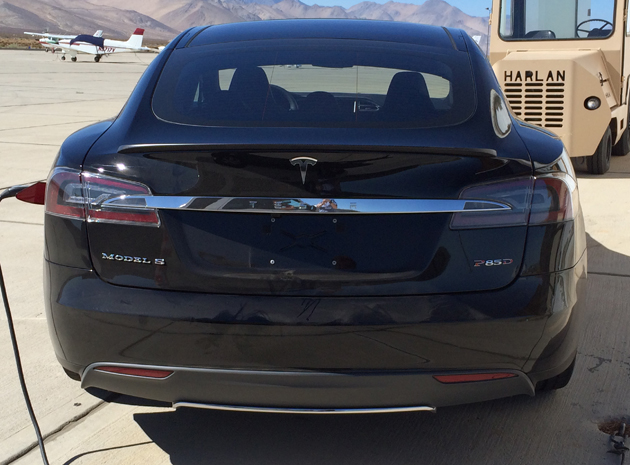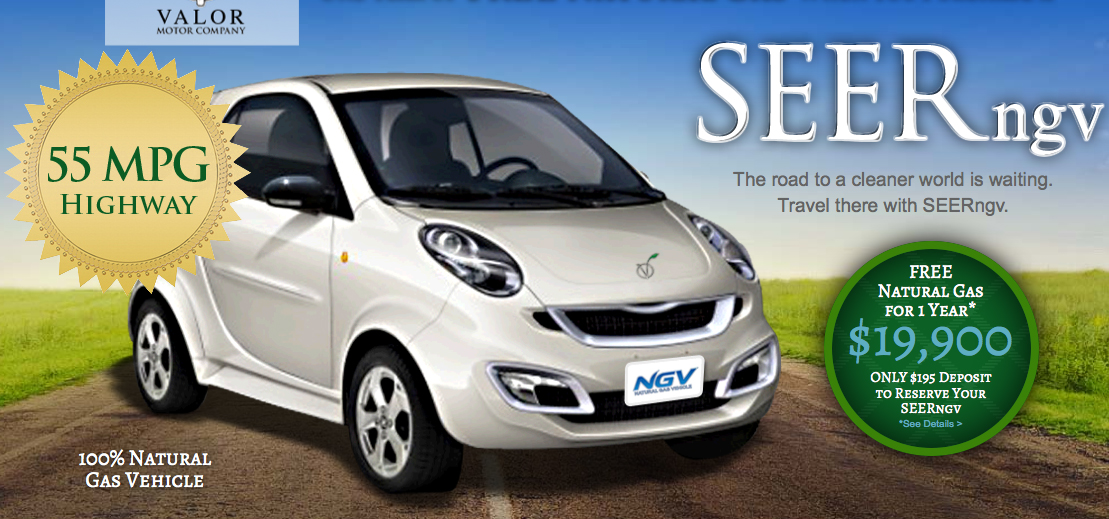Daimler Trucks North America is the first to get approval for self-driving commercial vehicles in the United States. The Freightliner Inspiration Truck, and other trucks like it, could have massive implications for the future of transportation.
The Inspiration truck features a system called Highway Pilot, which uses stereoscopic cameras and radar sensors to give it an autonomous autopilot mode when cruising on the highway. The truck can steer to stay between lane markers and adjust its speed and braking to maintain a safe following distance behind other cars on the road all while the driver is free to do other things.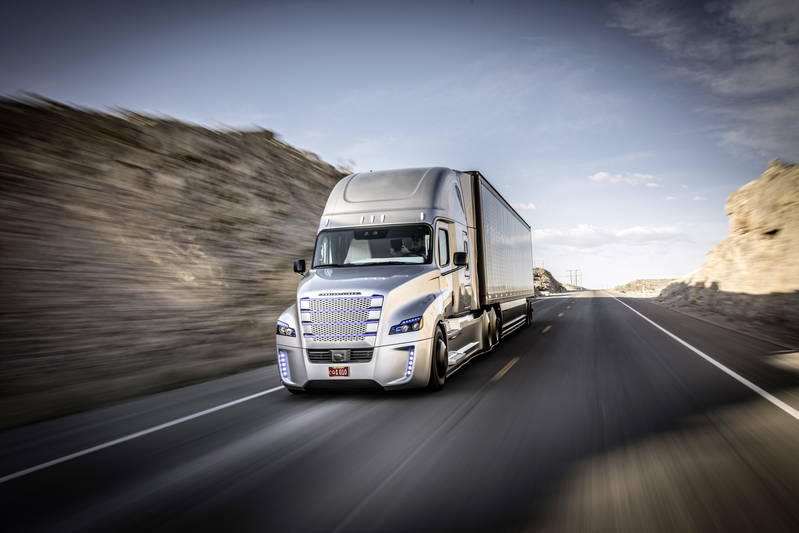
It’s considered a “level 3” autonomous vehicle, meaning it enables hands-off highway driving under certain circumstances, but requires a driver to be present, ready to take the helm in an emergency or to pass other vehicles in the truck’s path. The driver is likewise required to assume control of the vehicle when exiting the highway, driving over local roads and pulling up to the loading dock for making or taking deliveries.
For the record, a “level 4″ vehicle would be able to perform all driving functions and monitor roadway conditions for an entire trip, truly freeing up the valuable resource of human time.
Daimler executives are being careful to allay fears of human employment disruption. “We don’t want to get rid of drivers,” says Sven Ennerst, head of Daimler Trucks’ development department. Daimler continues by repeatedly saying the technology won’t can’t change lanes on its own, it won’t be market-ready for a decade, and could never fully replace human drivers.
The reality remains that that it is a big step towards addressing a massive market need: safe and reliable transportation.
Some large freight carriers have already started incorporating innovative new safety features like blind spot monitoring, adaptive cruise control, and lane departure warnings. The economic case for these technologies is clear.
“Commercial vehicles are a safety issue,” says Xavier Mosquet, head of Boston Consulting Group’s North America automotive division. “And therefore anything that can get commercial vehicles out of trouble has a lot of value.”
With America's driver shortage continuing to worsen, good truck drivers cost more these days. Costs are also rising for companies that cut corners and hire unsafe drivers. Liability in a commercial truck accident is increasingly falling on the shipper.
HWP - Highway Pilot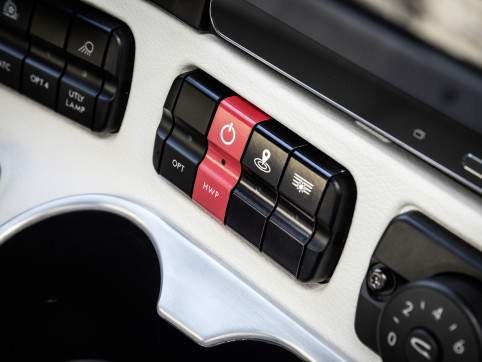
In order to get the autonomous vehicle license plate from the state of Nevada, Daimler needed to prove the system could safely cover 10,000 miles on its own. This was done on test tracks in Germany and on quiet roads in Nevada.
Daimler ran a small study (16 drivers on a test track) to see how this autonomous system affects drivers. EEG readings showed they were 25 percent less tired than they were when they had to steer themselves.
Customers are very much interested in this system, according to Daimler. That’s no surprise: Making driving a job for the computer can reduce accidents, improve fuel efficiency, and maybe keep trucks on the road for longer, says Noël Perry, an economist who specializes in transportation and logistics. “They all love this.”
Additional Reading:
http://www.wired.com/2015/05/daimler-built-worlds-first-self-driving-semi/



